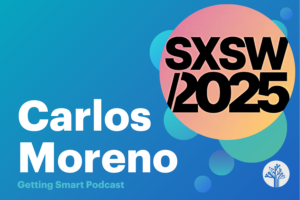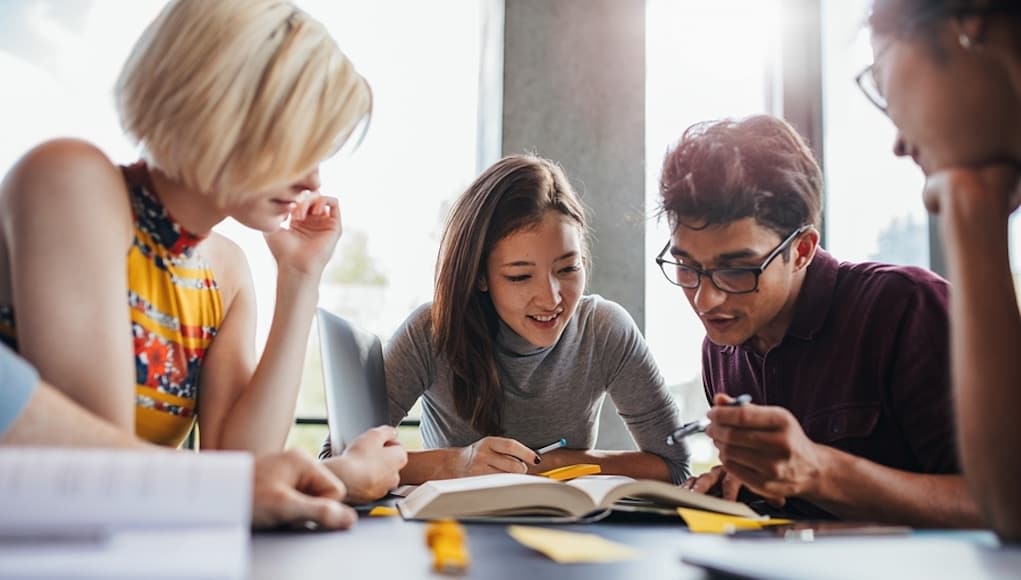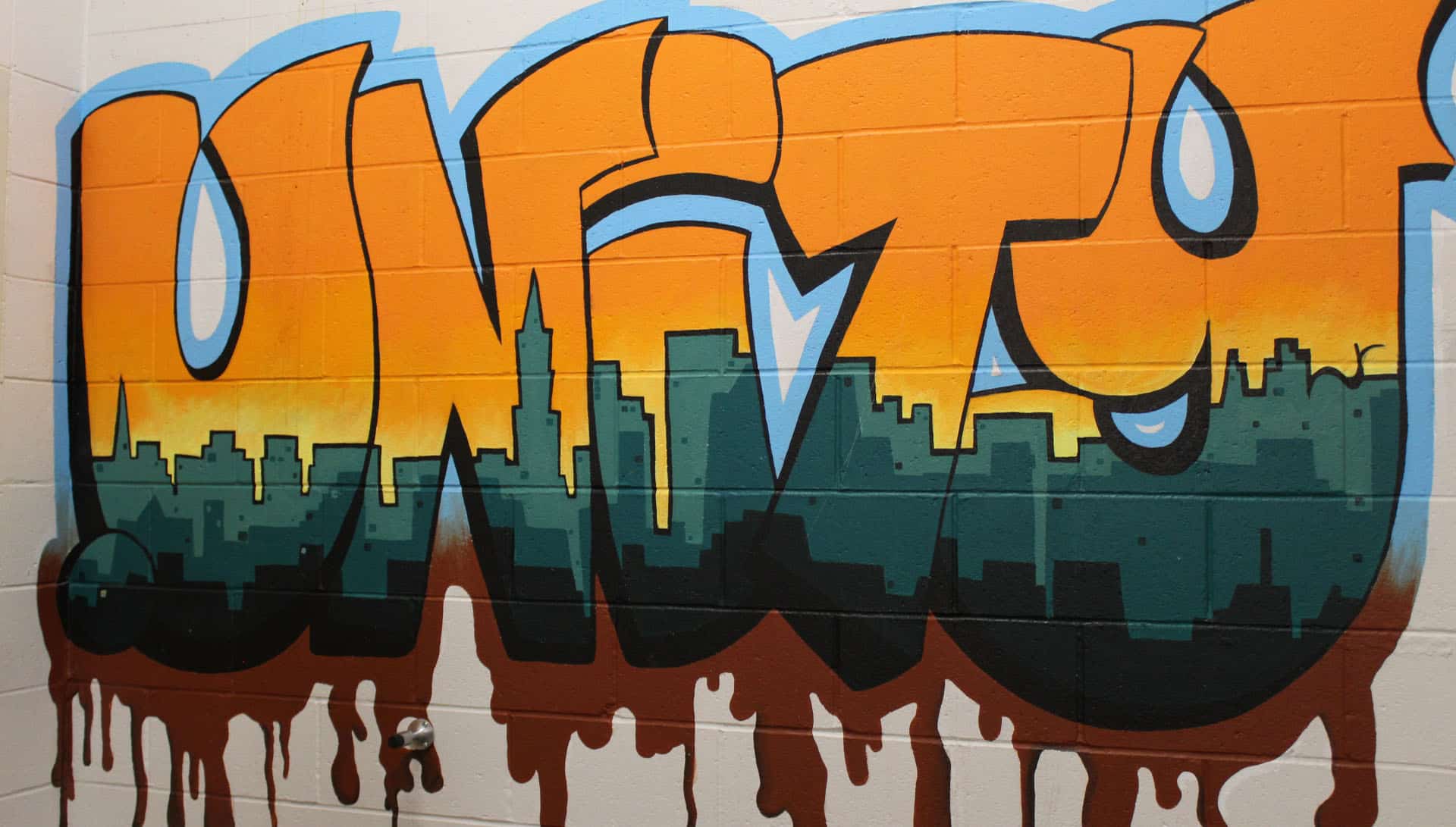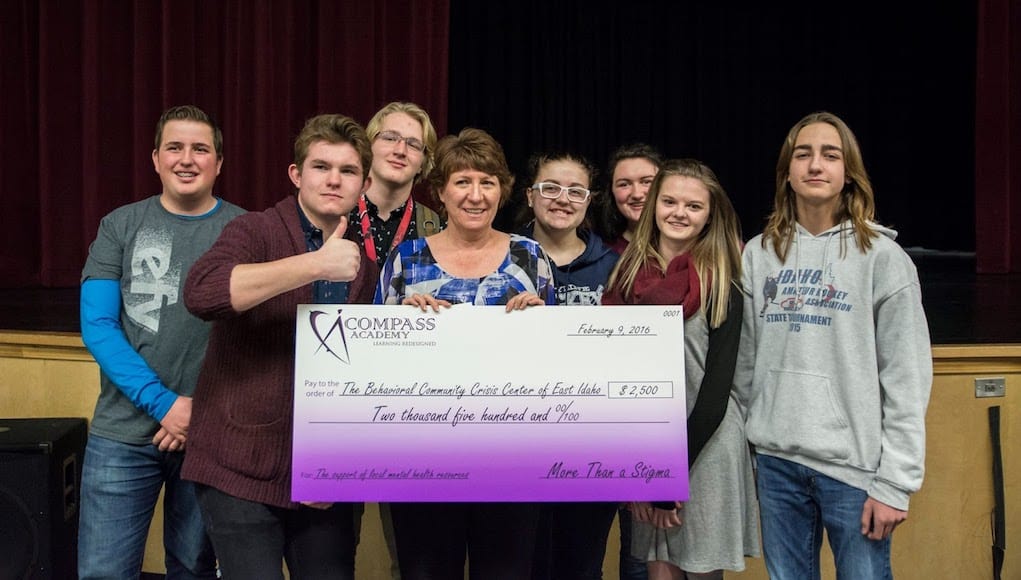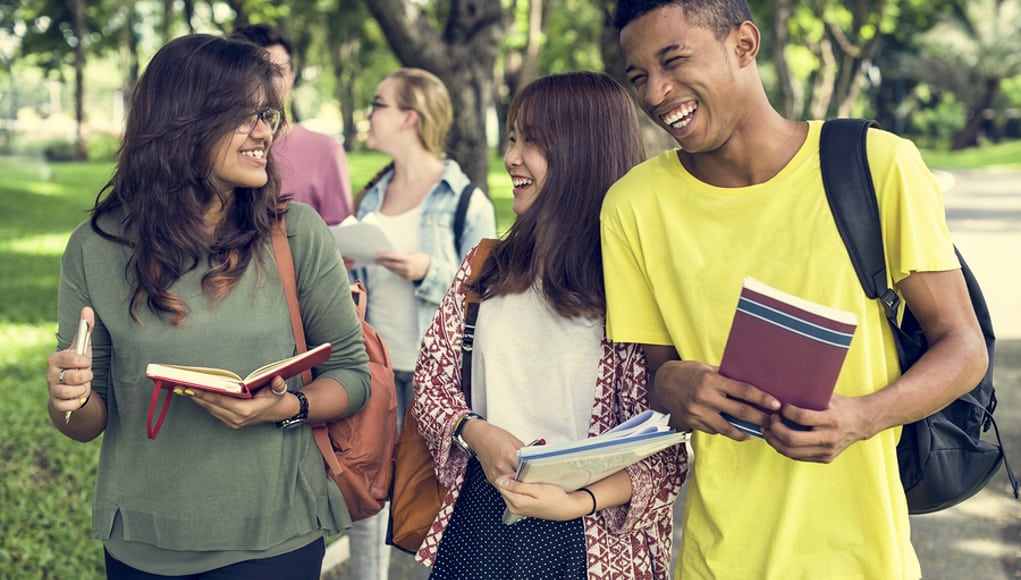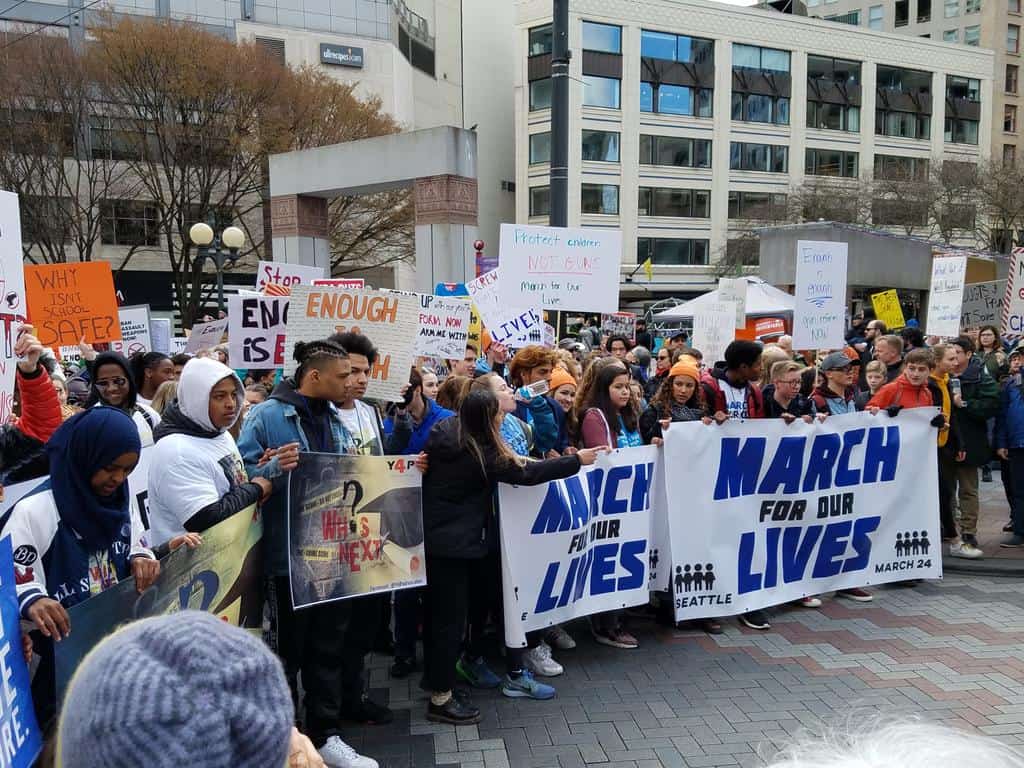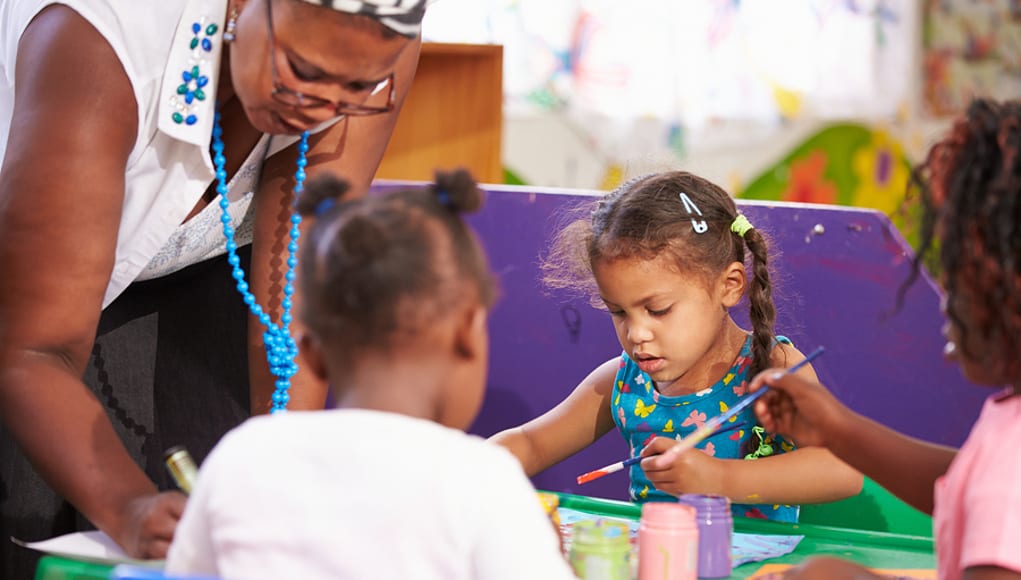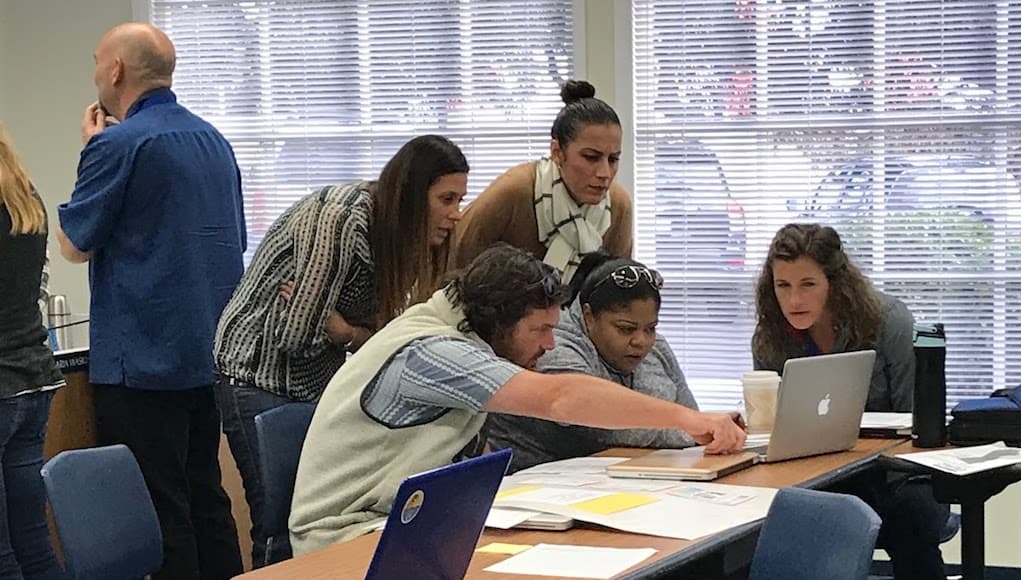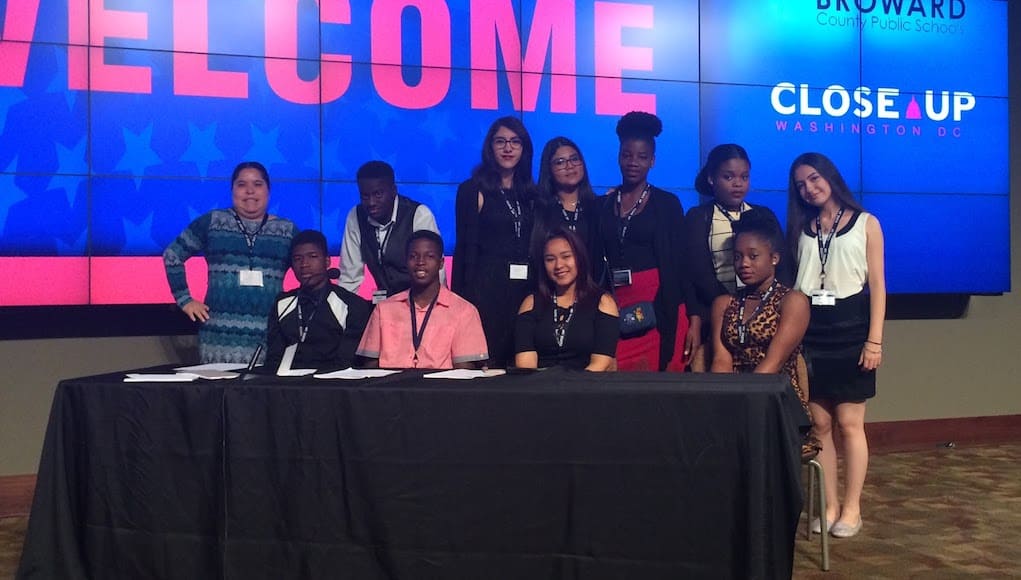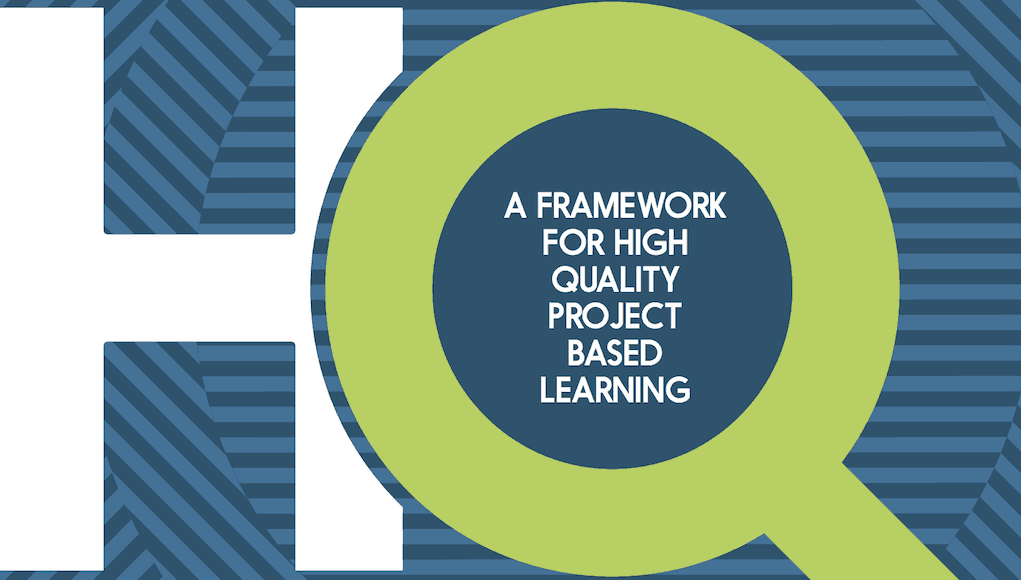Project-Based Learning
(PBL) is an instructional approach where traditional, direct classroom instruction and tests are replaced by authentic, often interdisciplinary projects, usually designed by the student with guidance from instructors/coaches, addressing real-world problems as the assessment instead of a test. It also is closely related to deeper learning, challenge-based learning, interest-based learning and more.
Agency and High Quality PBL
In addition to supporting deep learning and the 4 C’s, the 6 criteria of High Quality PBL hold the ability to support another critical outcome: Student Agency, the tendency and ability for students, of their own volition, to improve or extend their own learning.
HQPBL Case Study: The MET School
Projects at The Met are connected to individual student goals, and each project includes specific skills students need to address. How does it work, exactly? Students are grouped in small cohorts (or essentially small communities), each with a bonding name like Unity or Liberty. Cohorts collaborate to tackle problems, support each other, and collaborate on projects.
High Quality PBL Meets Mental Health
My students recently decided that they wanted to start one of Idaho’s first mental health awareness campaigns. Their goal was to educate their community, reach out to schools, provide informational seminars and fundraise for local non-profits--and that’s just what they did.
Rightly Seeing Students: Takeaways from SXSW EDU
If we want to expect more from our students, then we ought to view them as more than “just” students. These four paradigms can serve as a foundation for making this cultural shift a reality in your school or district.
Youth Empowered For Social Change
Let’s not wait for another tragedy to empower young people to make a difference. In a confusing world of exponential change, it’s more important than ever for young people to develop the knowledge, skills, and self-confidence--agency plus capability--for change making.
Painting the Future of K-12: Art as a Vehicle for Teacher and Student Learning
By: Bonnie Allen. If we envision the future of K-12 education as a painting, we should picture art and core curricular instruction taking place on one canvas to improve learning for both students and teachers.
7 Real-World Issues That Can Allow Students To Tackle Big Challenges
How can we creatively collaborate, critically think and communicate in ways that will make our world a better place to live? Letting our students practice thinking about and working on these seven big issues can present hundreds of relevant challenges that can be a big step toward that future.
Scaling PBL: 3 Steps for Defining Quality With Your Staff
By: Jenny Pieratt. The undertaking of scaling PBL is akin to a marathon, and we need be sure that our teachers will make it to the finish line by way of sustainable practices that uphold deeper learning along the way. Here's my take on designing these types of experiences.
In Broward County, Student Voice Impacts the Classroom and Beyond
When students have a voice, and they know their voices matter, they realize they have agency in their own lives and in broader social, political and economic conversations. And then, great things happen.
Introducing a Framework for High Quality Project Based Learning
By Tom Vander Ark and Emily Liebtag - Projects are an easy way to engage students in authentic challenges, but delivering all of the possible benefits requires well-constructed, sustained and supported experiences. This new Framework can help develop such experiences.


